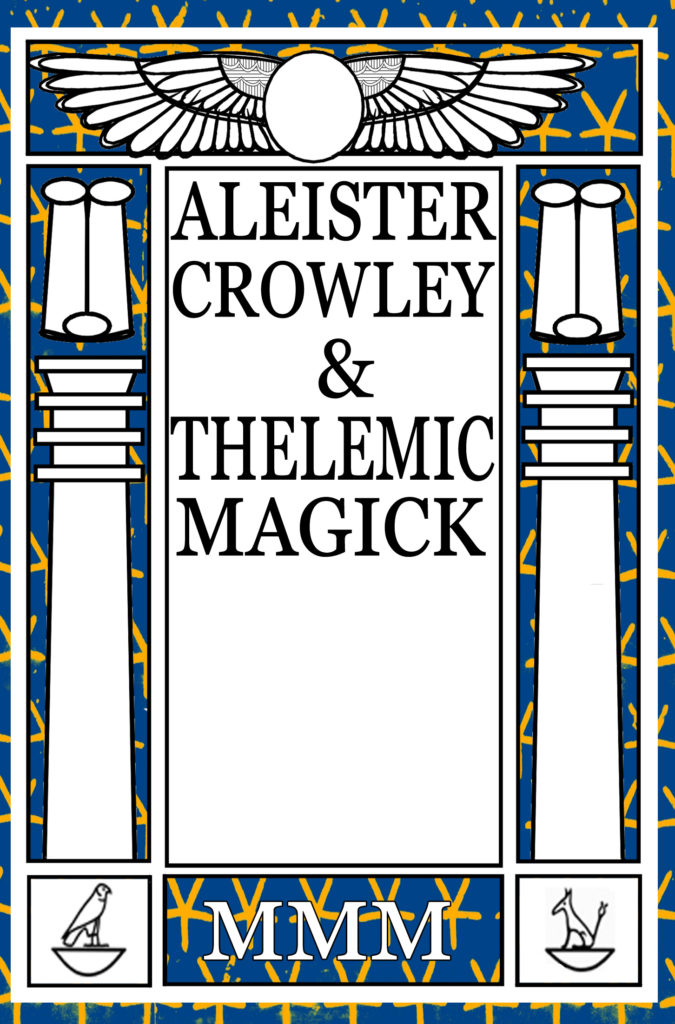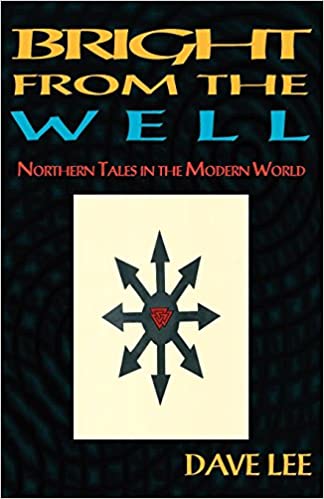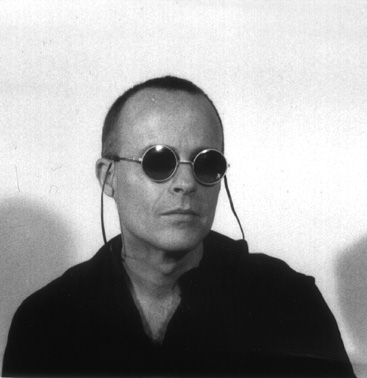Dave Lee

Click Here for CHAOTOPIA! / UK
Click here for Kindle UK edition
Click Here for CHAOTOPIA! / USA
Click here for Kindle USA edition
Chaotopia!
Dave Lee
Format: Softcover
ISBN:
£15.00 / US$26
Subjects: Chaos Magick
–
‘Once one is fairly competent at practical sorcery, there is little of importance that remains to be said or read about the subject; the magician at this point tends to emphasize inner development in his work. It seems to me that Chaos Magic itself has reached this point; the basic ideas needed for anyone to construct his or her own system of sorcery and to hone their skills are already covered by the available books. What has been lacking so far, is a Chaos magical approach to the investigation of the ecstatic states that underlie magical gnosis. This book, rather than trying to provide yet another slightly different flavour of Chaos technique, takes as its starting point the relationship between ecstasy and magic; between Chaos Magic and Chaos Mysticism, if you like.’ from Chaotopia! page 8
Chaotopia! is neither Utopia nor its opposite. It is what Austin Osman Spare called ‘the chaos of the normal’, seen through an illuminated eye, the eye of the sorcerer.
Chaotopia! includes updates and evaluations of techniques in Chaos Magick and an exploration of ecstatic states in relation to both magick and mysticism.
Also chapters on:
Wealth Magick/Conflict and Exorcism/Sex Magick/Body Alchemy and Healing/Magick and Physics/Chaos Illumination/Spirits/Aeonics
Praise for Dave Lee’s Chaotopia!
‘A highly intelligent book by a leading Chaos Magician which will broaden and deepen Chaoist debate, theory and practice.’
– Peter J. Carroll
MORE REVIEWS
”Chaos magic has come magician and NLP maven Lee. This is not a primer or grimoire; instead, the book puts chaos magic in its conceptual context, explaining the theoretical and metaphysical vistas which have underscored the art’s development since its inception under the asgis of the late, great Austin Osman Spare.
It allows us to see chaos magic äs a form of autonomous mysticism; not so much a syncretic exercise in cosmic tourism äs a balancing attempt to make sense of what arrives in one’s head. This makes it more democratic than the intimidating acolytism of learned magic in the European tradition. Chaos magic rests on the principle that the practitioner can apply belief at will, rather than surrendering to any particular paradigm (thus the slightly wrenched meaning of ‘paradigm stuft’ in chaos practice). It also assumes that altered states permit a powerfui interaction with one’s own centres of power, and äs a result, chaos magicians experiment with psychotropic techniques, including drug use, meditation, hyperventilation and extreme exercise.
Lee shows us the intellectual underpinnings of a practical System, without rendering the art, or his discourse on it, abstract or arch. He sets out the theoretical contribution of Robert Anton Wilson et al, explains Aeonics, and the trajectory of its distillation from the baroque theatre of angelology, and expounds the vital notions of chaos and Illumination, äs Spare originally conceived them, and as practice has altered and matured them.
This is not for the beginner in chaos magic, but it is a good guide for the observer with a grounding in the history of European magic, and a grasp of its cultural milestones. If you ever wondered why magicians do what they do, it’s because it works. If it didn’t, the tradition would have died out with the birth of science; it hasn’t and is enjoying a fertile period. Chaos magic is central to the continuing health of magical traditions, and writers like Dave Lee are central to that influence. His observation that accomplishe magicians concentrate on inner development ties chaos magic firmly to the Spiritual traditions of alchemy, and suggests that the development of chaos magic as a Spiritual endeavour has a long future, as well äs a brilliantly energetic past. Great stuff.”
Review from Sly Delaney – FT214 – Fortean Times verdict 8.
—-
”Chaos Magick has been the “sorcery” of choice for some years; indeed it is feared by many to have become way too trendy. There have been many books coming onto the market supposedly outlining the Chaos Magick vision which seem to confuse incoherence with mystification.. However, I am very pleased to say Chaotopia! is not one of them indeed I consider it one of the better books on Chaos Magick I have read in quite a long time. It was originally published in 1997 but includes a very succinct but updated introduction which gives us a snapshot of the basic principles of Chaos Magick and how it works.
In many way I found Chaotopia! a real “debate starter” it covers so many subjects, all of which demand further thought, investigation and discussion, for a relatively small tome of 200 odd pages there is little “padding” and lots of content, no wasted words here ! There are carefully placed “interludes” which include all sorts of exercises, meditations and rites in addition to practices throughout the work so Chaotopia offers a solid balance of theory and practice.
Lee outlines a theory of magick based on Leary and Robert Anton Wilson’s model of Eight Brain Circuits; this is quite an intriguing model and does offer quite a lot of insight into how magick work. He also outlines later in Chaotopia! Carroll’s model of Aeonics and cultural evolution. For the budding Chaos magician I would suggest comparing these with such developments as Spiral Dynamics and Ken Wilber’s Integral Model, each has its benefits and drawbacks. The Eight Brain Circuits are more practical (i.e. psychedelic), while Wilber’s model is certainly more cerebral. Aeonics has a magical foundation but I think lacks some integration into the bigger picture which Wilber’s offer. As you can see there is a lot to think about in this work ! Every chapter I read made me what to read more, think more and practice more….
There is a very insightful chapter on wealth and money, a subject looked down on by “high” magick and yet so imperative in today’s busy and demanding work. There is a great section on cursing and exorcism which avoids the paranoid mood so often found in works on “psychic self defense” and offers down to earth guidelines and well as techniques if you really need them.
The section on sex and magick is impressively without pretense and covers all sorts of issues ranging from the use of sexual fluids to S & M. I especially found the section on sex and smell impressive and felt Lee explored area’s ignored by other works.
The theoretical chapter on Magick and physics is a real intellectual stimulator. It offers a new theoretical foundation for magick as found within the Bose-Einstein Condensate. It will trigger lots of discussion and debate.
I could continue chapter in this way. There is so much packed in here. Chaotopia! is how magical books should be written. No padding, no BS, no wasted space, lots of important information, practice advise and hints. An avoidance of pretense and an openness which leaves the reader eager to go out and learn more and practice more.
Dave Lee, Thank You !”
Review in Living Traditions
—–
You enjoyed reading Bright from the Well and Chaotopia! and would like to know more about the latest techniques, articles, resources, workshops, news and events from the author, then check out DAVE LEE’S CHAOTOPIA WEBSITE www.chaotopia.com




